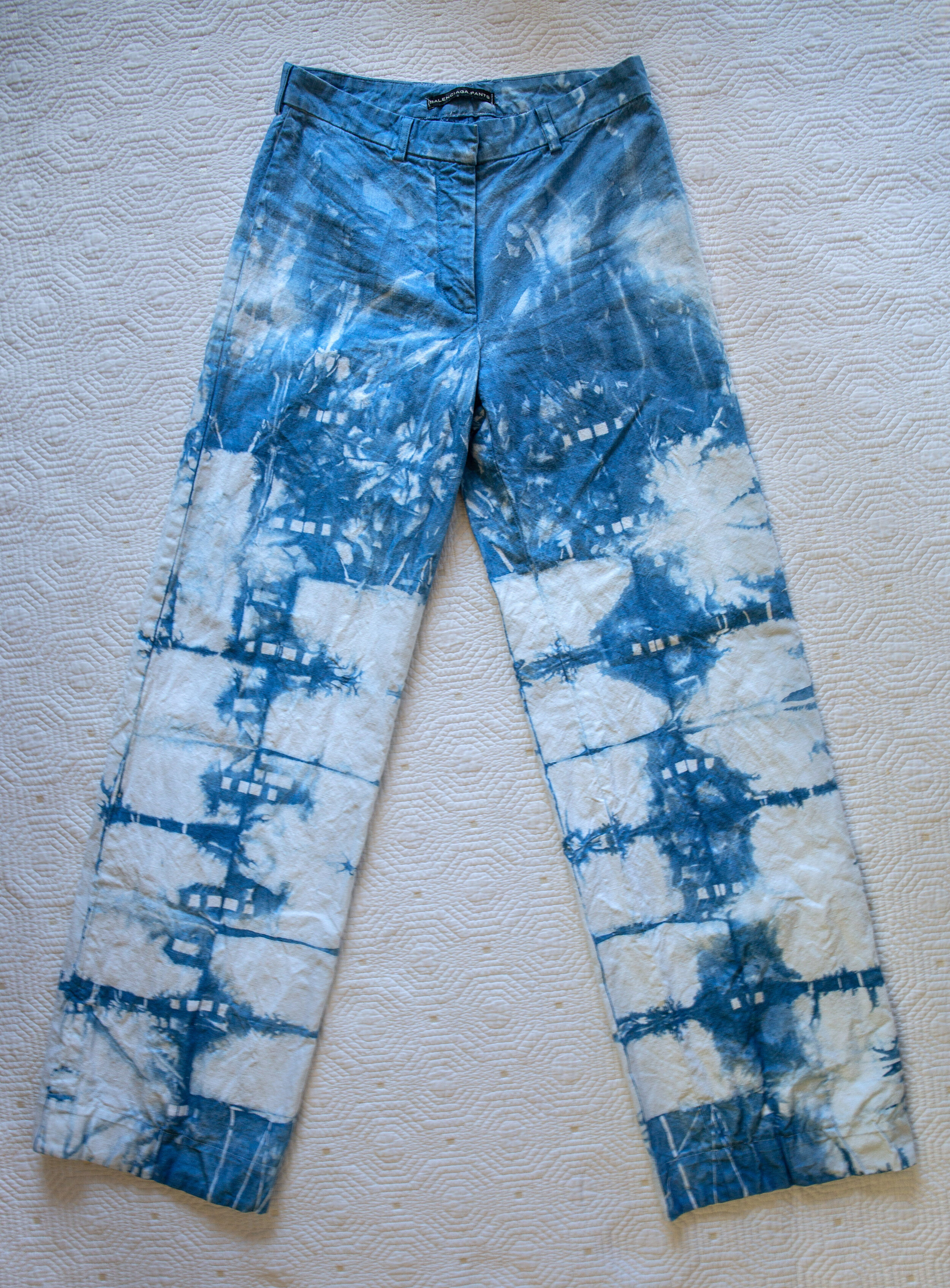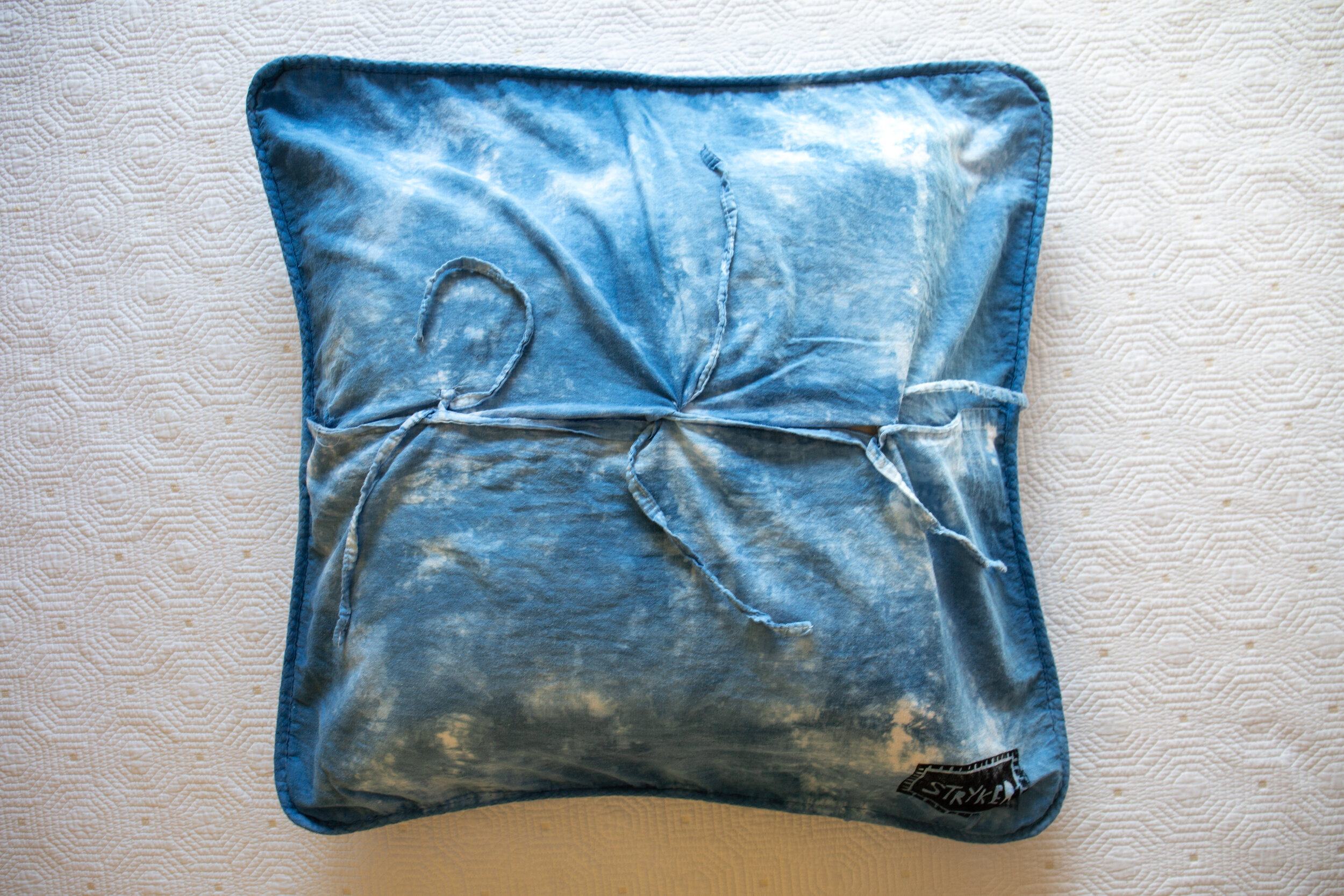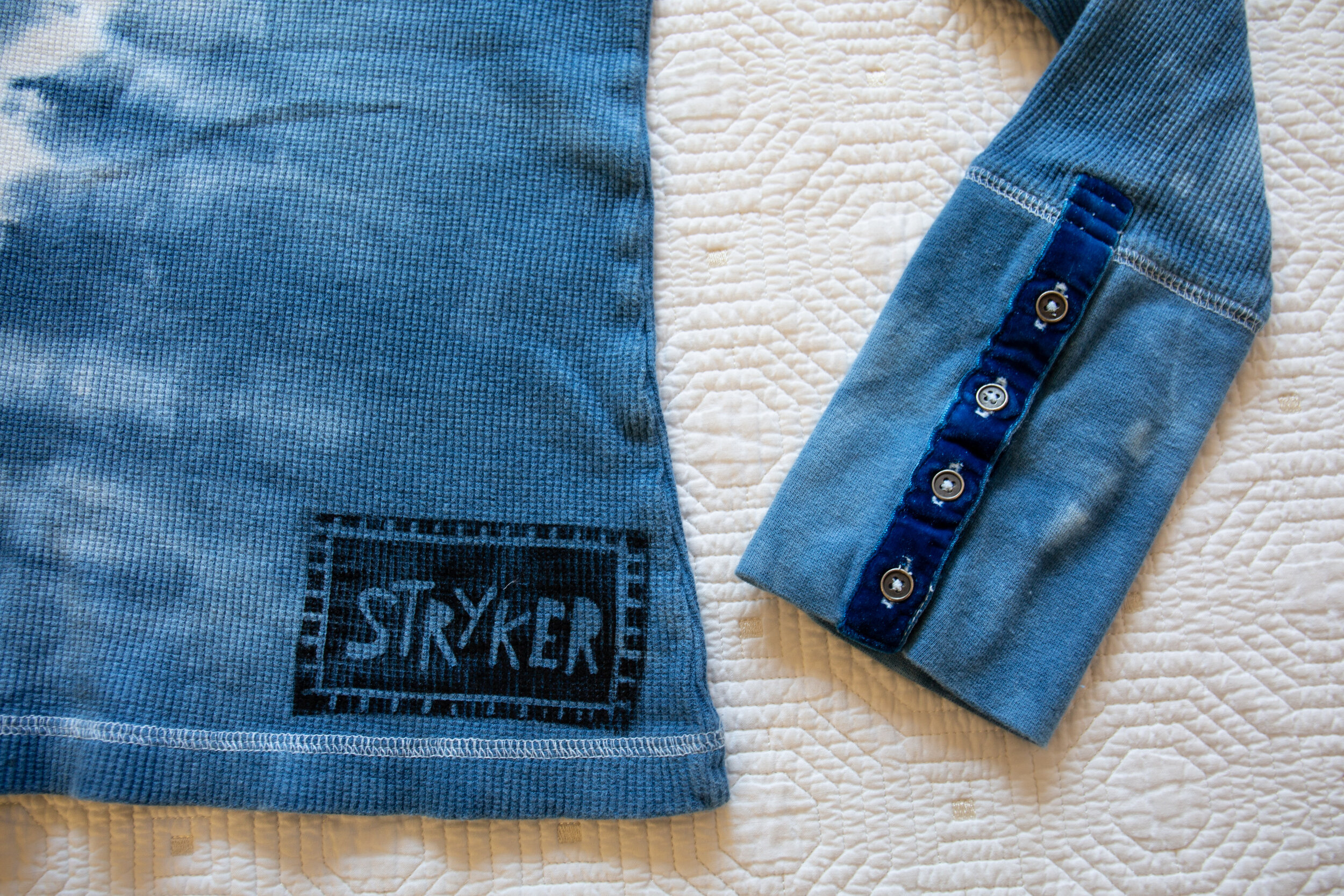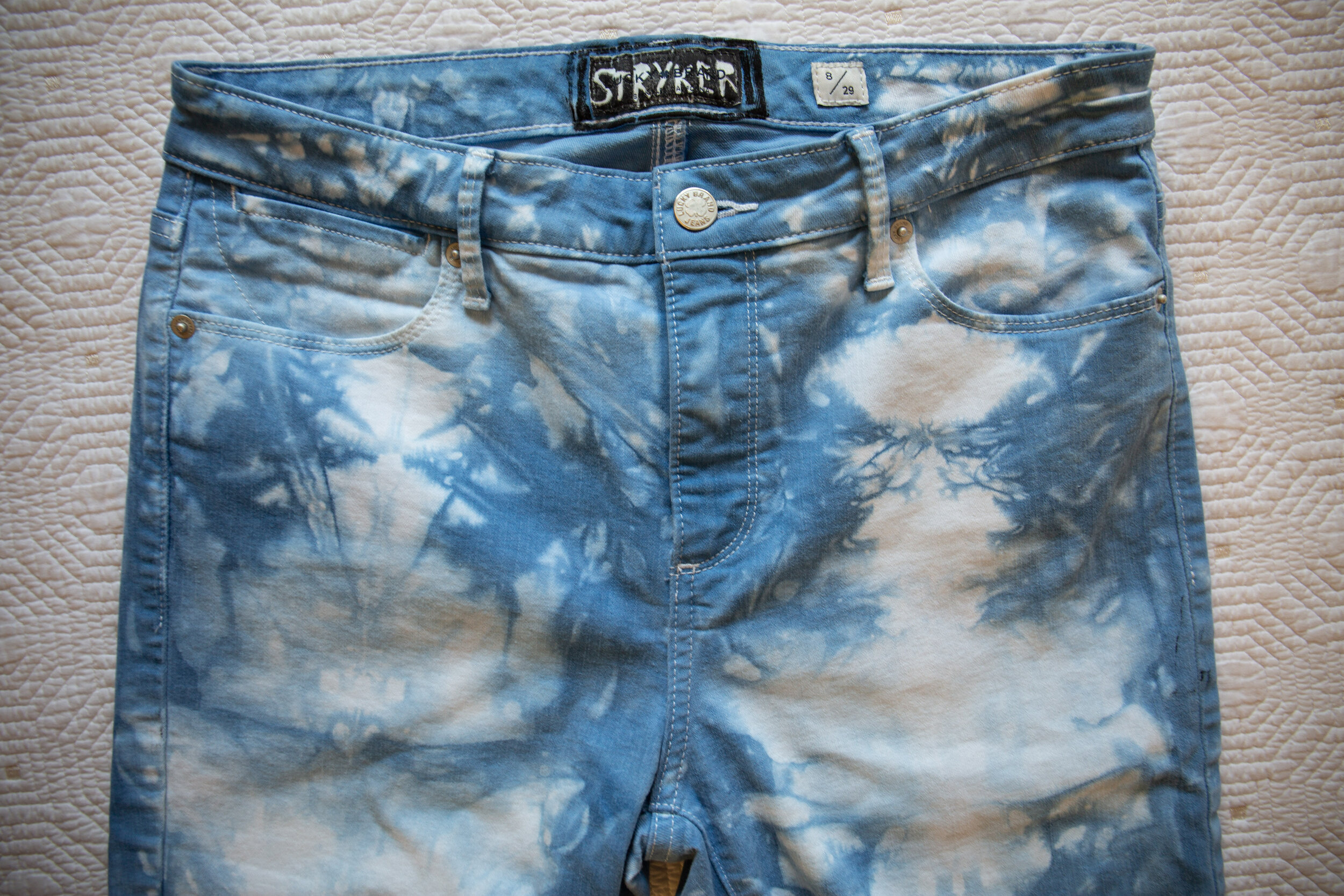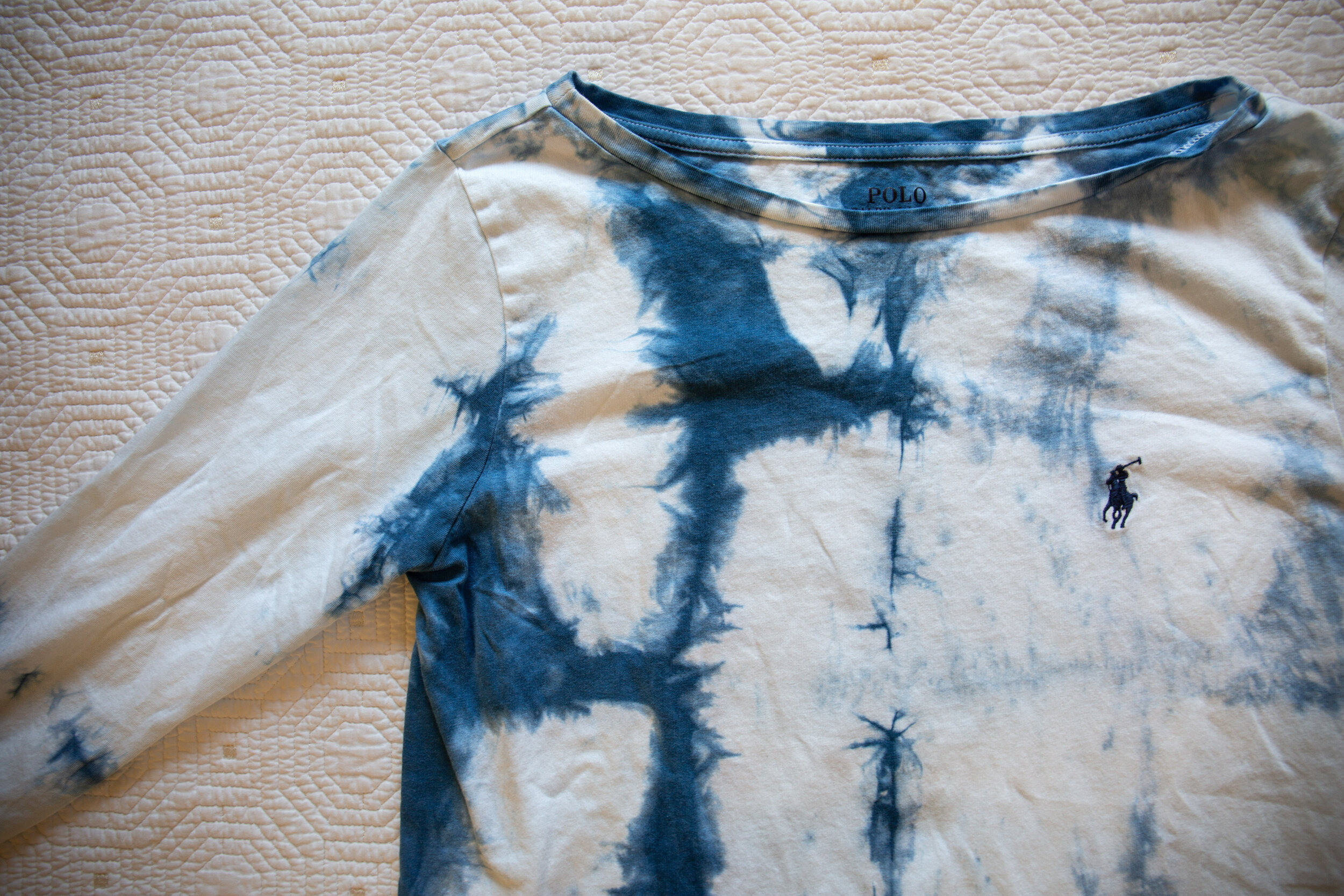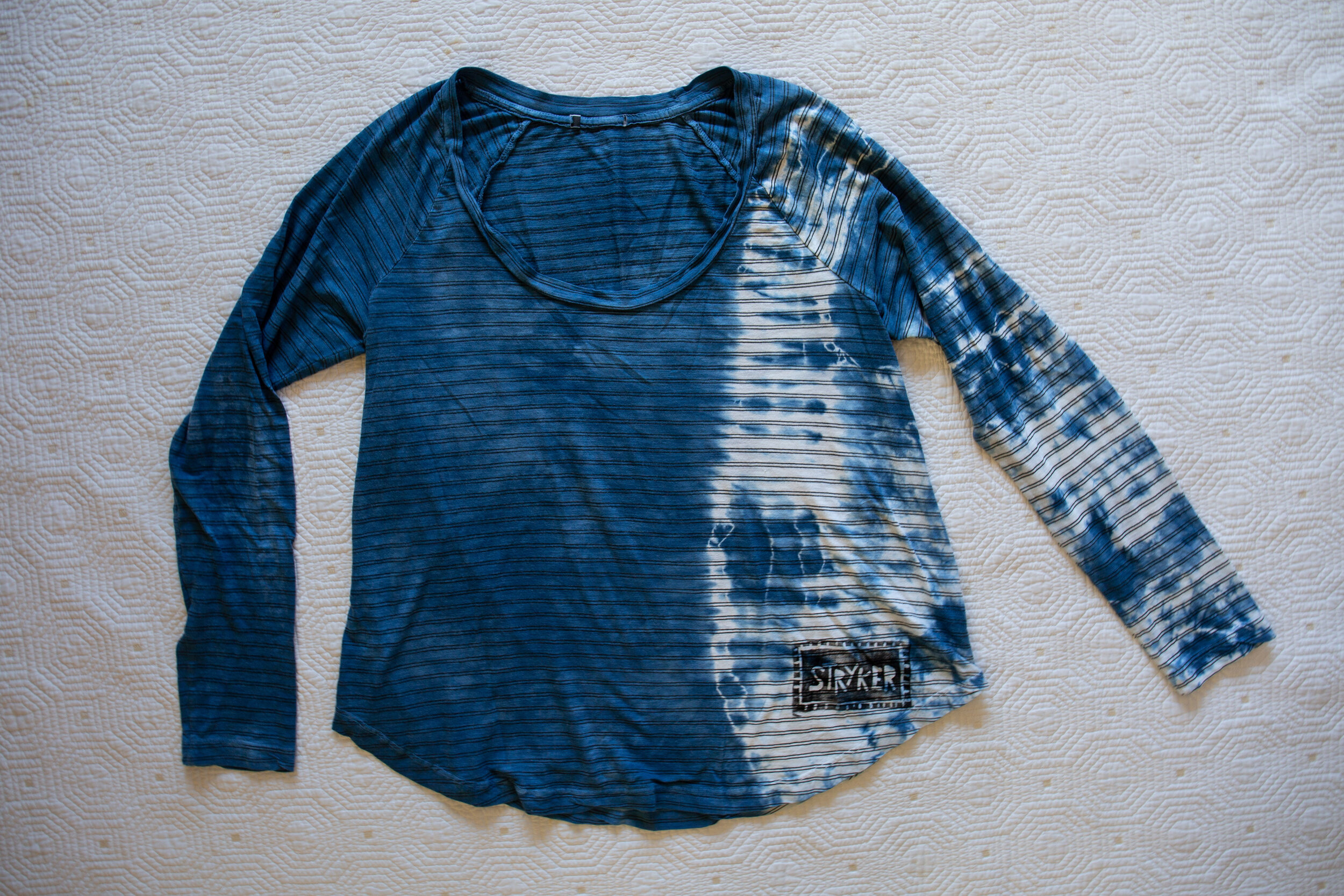When we think of our environmental impact on the planet, our minds often drift towards our contribution to the oil industry and CO2 emissions within our day-to-day lives; driving, heating homes, running factories. Our use of fossil fuels has been brought to our attention at mass through the media, but have you looked at your closet recently? Cotton, polyester, and other synthetic materials produced cheaply to support our abounding wardrobes. Most of us, myself included, are guilty as ever in this department and I don’t think we fully understand how much energy and resources it takes to create these comforts. The clothing and textiles industry accounts for the second largest environmental impact; just behind oil.
If you are interested in clothing and sustainability, chances are you have heard of this grand thing called biomagnification. Put simply, every time we wash a synthetic fiber such as polyester, nylon, or acrylic, we are releasing about 1900 tiny microfibers into our washing machine, which then get into our water system, make their way into our rivers, and eventually reach the great blue mystery we call our mother ocean. The tiniest of marine life then consume and “digest” these microfibers. When they are consumed by larger fish, the microfibers become more and more concentrated in the digestive tracks as they progress down the food chain until they eventually form one big biomagnif*cking disaster. And this problem? All because we spilled coffee on our new poly-blend fleece that we have grown to love so much. As that piece of clothing grows older it sheds more and more fibers until each time you wash it you’re actually releasing 2x that amount (3800 microfibers) into our water system, and down the food chain until it reaches your belly from that wild caught salmon you love so much. We are creating this problem, and it is coming back to us in full karmic circle. We are consuming our own clothes.
Micro-plastic fibers aside, cotton isn’t so shiny either. Cotton farming contributes to 20% of our industrial water pollution, particularly within developing countries where there are looser regulations on pesticide use and water quality control. It takes up to 2,700 liters of water to grow the cotton necessary to produce a single tee-shirt. In addition to the large quantities of water needed for production, each year 200,000 tons of toxic dyes are released into local waterways. That’s 14,285 dump truck loads worth. Imagine watching 14,285 dump trucks dispose of their toxic waste into the Snake River —woof. Not only does the production of cotton affect the biodiversity of our waterways and quality of drinking water, but also our atmosphere. Cotton tends to be grown in places where the climate is hot and dry, and the land sees a lot of sun. Toxic crop waters are evaporated into our atmosphere and deposited to different locations through weather and agricultural runoff. Not only is this harmful to our environment, but it is also carcinogenic to our farmers, resulting in poor working conditions. Check out this super cool TED-Ed video on the lifecycle of a tee-shirt here.
On average, 15% of clothing in the USA gets donated or recycled, leaving 10.5 million tons to the landfill each year. This is nuts. Are people literally throwing away their unused clothing? I am guilty of this with my old underwear, because, who wants to buy used underpants from a stranger at a thrift store? There are companies that will take these unprofitable textiles and turn them into industrials such as home insulation, or you can do it yourself and use them as household cleaning rags — a substitute for paper towels. After all of this reuse and recycling, only about 5% of manufactured clothing is deemed unusable and therefore sent to the landfill. That’s a heck of a lot better than the 85% unprecedented above. Do your part and recycle your clothes and towels when you can.
Now, let’s be real. These are the cold, hard facts that we don’t want to hear, but it’s important that we understand the impact of our consumption habits. It’s inevitable that we are going to keep purchasing new clothing as we evolve as humans and choose to express our individuality through our physical appearances. I’m not telling you to never buy anything again, but rather to be thoughtful in your choices. By purchasing second-hand and supporting sustainable brands fabricated in countries with strict environmental regulations and that are made with plant-based and recycled fibers, we can be proactively more responsible. Look for organic cotton, linen, and hemp. These fabrics don’t have the nasty use of pesticides that we talked about earlier. As an outdoor-endeavors advocate myself, polyester and nylon are crucial to staying warm and dry. Companies like Patagonia, Toad & Co, and Prana are all centered around the sustainable use of materials. Keep your eyes peeled for the terms recycled polyester, recycled nylon, recycled cotton, and recycled or responsible wool, as these are all recycled materials that cut down the water use and land degradation required for production. Wash your clothes less, especially those sporty synthetic materials. Not only will this keep those microplastics out of our waterways, but it will also extend your gear’s longevity. In the age of waking up to global climate change, let’s do our part. It is nearly impossible to make zero footprint in the clothing industry, unless we want to run around naked, which… let’s be honest, would be awesome. But I love clothes, and I know that a lot of you do too. So, if we must create them, we might as well be creating them responsibly.
Introducing…
Reclaimed: Thrifted to Sustain
A new branch of the ellen stryker brand, each piece has been hand-thrifted and dyed in my garage. As my brand has continued to evolve over the past 12 months, I have decided that rather than feeding the demand for new textiles, I would repurpose someone’s trash into your newest treasure. All sustainably hand-dyed with Fair Trade, organic indigo from South America, these pieces have been given a second life, and are all or mostly 100% cotton, so they shouldn’t be trashing our waterways and ecosystems. The damage of production has already been done on these pieces, so we might as well make use of them. Even at the small level of my little creations, any effort helps. Think globally, act locally.
Want to do your part? Recycle your clothing at your local thrift store. Here in Jackson, any of the thrift stores are great resources, and when they are at capacity, the recycling center south of town will take your old textiles and bring them down to Salt Lake City to give to the Big Brothers Big Sisters program. To learn more, click here.
Sources:
“What's Wrong with the Fashion Industry?” Sustain Your Style, www.sustainyourstyle.org/en/whats-wrong-with-the-fashion-industry.
Cline, Elizabeth. “Where Does Discarded Clothing Go?” The Atlantic, Atlantic Media Company, 18 July 2014, www.theatlantic.com/business/archive/2014/07/where-does-discarded-clothing-go/374613/.
“The Impact of a Cotton T-Shirt.” WWF, World Wildlife Fund, 16 Jan. 2013, www.worldwildlife.org/stories/the-impact-of-a-cotton-t-shirt.
Chang, Angel. “The life cycle of a t-shirt - Angel Chang.” TED-Ed. 5 Sept. 2017, https://www.youtube.com/watch?v=BiSYoeqb_VY.

